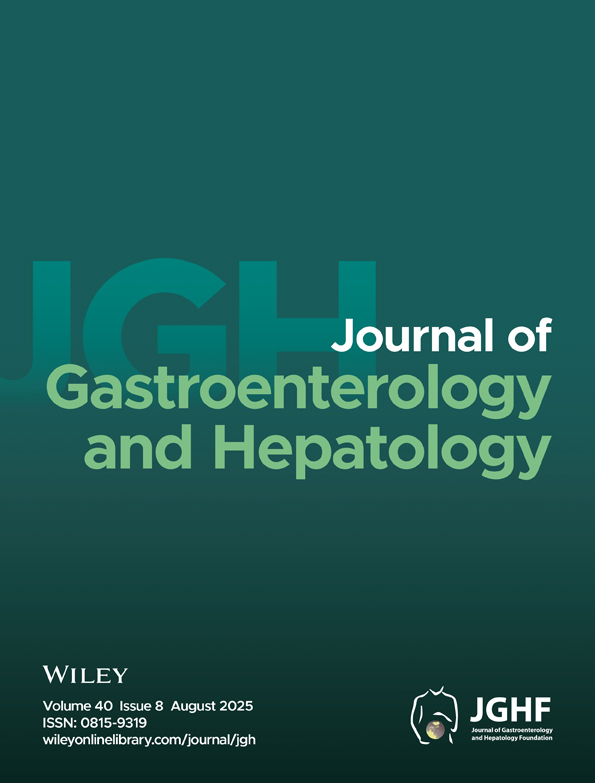Helicobacter pylori infection and gastric carcinoma in animal models
Abstract
Many epidemiological studies have shown a strong association between chronic Helicobacter pylori infection and the subsequent development of gastric carcinoma in humans. To confirm this link more clearly, it is necessary to use this bacterium in experimental studies to develop gastric carcinoma in suitable experimental animals. Persistent H. pylori infection has recently been achieved in the Mongolian gerbil model, with results demonstrating that the sequential histopathological changes in the gastric mucosa closely mimic the gastric mucosal changes caused by H. pylori infection in humans. These studies have demonstrated that H. pylori infection enhances gastric carcinogenesis in combination with known carcinogens, such as N-methyl-N-nitroso-urea and N-methyl-N-nitro-N′-nitrosoguanidine and have also demonstrated that H. pylori infection alone can result in the development of gastric carcinoma. These important results provide a starting point for further studies to clarify the mechanism of gastric carcinogenesis as a result of H. pylori infection and assist the planning of eradication therapy to prevent gastric carcinoma.




